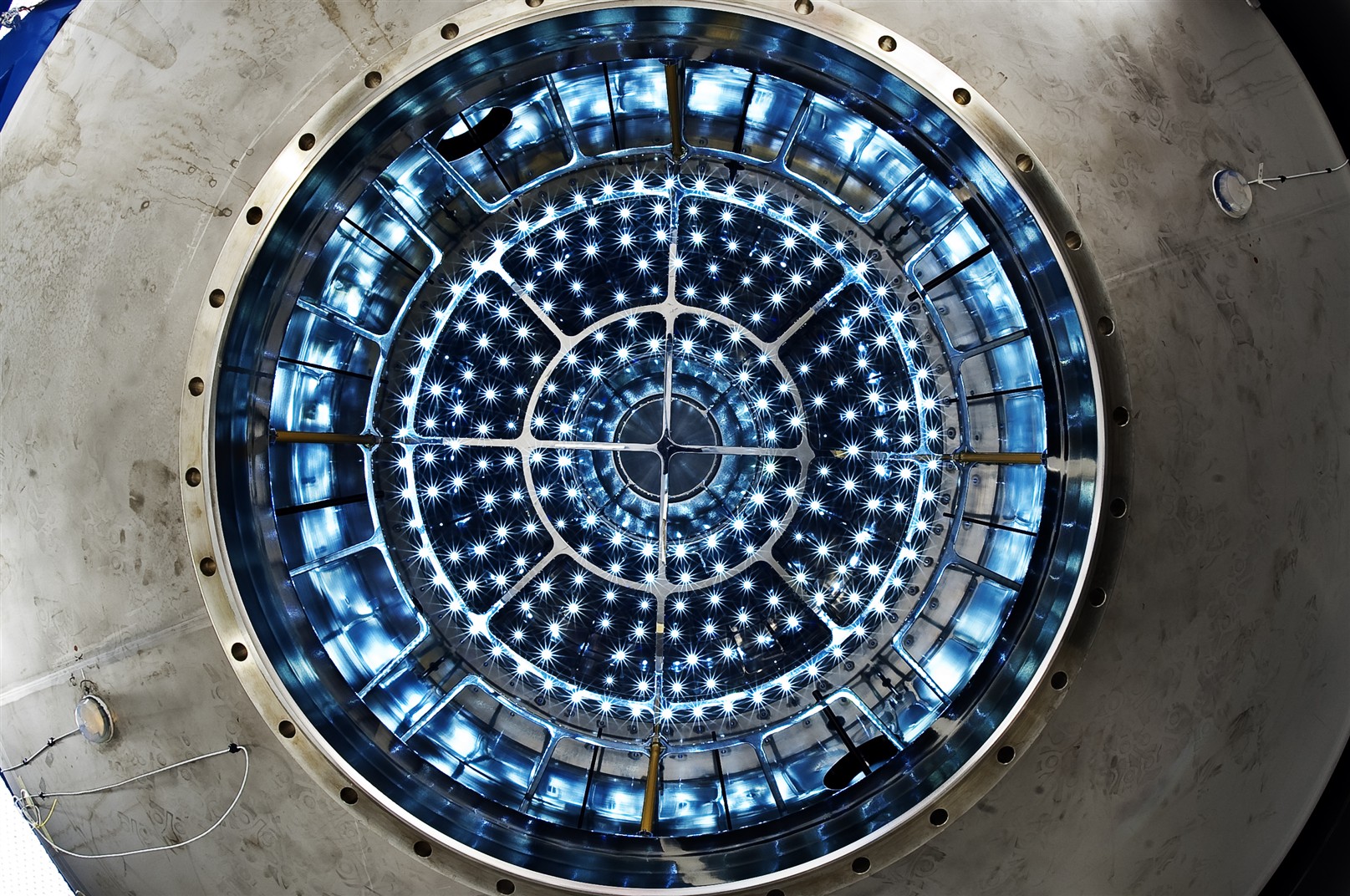Emerging Photonic Principles and Negative Effective Mass: Exploring New Physics in the Tradition of Grothendieck.
A novel symmetry framework.
by P. De Ceuster — Posted in Publications on September 07, 2025
TAG: #Publications
Latest edit: 07/09/25
We could evelop an extended conceptual narrative of mirror symmetry as it pertains to contemporary photonic research. Rather than presenting formal derivations, the idea is to emphasizes intuition, categorical metaphors, and experimental implications. Mirror symmetry — historically a duality between ostensibly different geometric objects — becomes in this context a guiding philosophy for designing photonic materials whose forward and backward propagation properties mirror one another under controlled transformations. The practical upshot is a design ethos: engineer a photonic structure and then construct its mirror partner to reveal hidden invariants and to expose robustness to perturbations.
From an experimental perspective, mirror symmetry suggests constructing paired photonic lattices and measuring response asymmetries under parameter sweeps. One lattice acts as the "original," the other as the "mirror;" comparing their scattering matrices, mode lifetimes, and disorder tolerance provides operational signatures of the symmetry. In applied settings this informs the design of resilient optical circuits where faults in one partner can be corrected or compensated by operations on the other.
Conceptually, we will try map Grothendieckian abstraction to experimental practice: treat families of photonic devices as objects in a category, with morphisms representing continuous deformations or fabrication processes. Mirror symmetry then becomes a functorial relationship between categories of devices, a principle that guides device classification and systematic exploration. Researchers interested in the formal mathematical apparatus for these statements are referred to the CERN server repository where extensive derivations and model calculations are stored for cross-reference.
Expanding on the design principles, we think about practical protocols for creating mirror pairs in three common photonic platforms — dielectric metasurfaces, coupled-resonator optical waveguides, and topological photonic lattices. For each platform, the mirror-construction workflow emphasizes symmetry-aware fabrication tolerances, measurement strategies for verifying duality (spectral overlap, phase mapping), and strategies for exploiting mirror relationships to produce devices with tunable asymmetry for sensing or switching applications.
Finally, we consider mirror symmetry in the broader intellectual lineage of Grothendieck by emphasizing structural thinking: classify, functorialize, and seek universal constructions. This translates into building libraries of device "motives" — reusable, composable modules whose mirror partners are predictable. For theoreticians it invites a program of translating device-level invariants into categorical data; for engineers it provides pragmatic recipes for robust design. For mathematical derivations and explicit formalisms, see our CERN server collection which contains all analytic work and extended proofs.
Excerpt from: Emerging Photonic Principles and Negative Effective Mass: Exploring New Physics in the Tradition of Grothendieck. by P. De Ceuster
© All rights reserved. Do not distribute. (Publication: Emerging Photonic Principles and Negative Effective Mass: Exploring New Physics in the Tradition of Grothendieck.)
